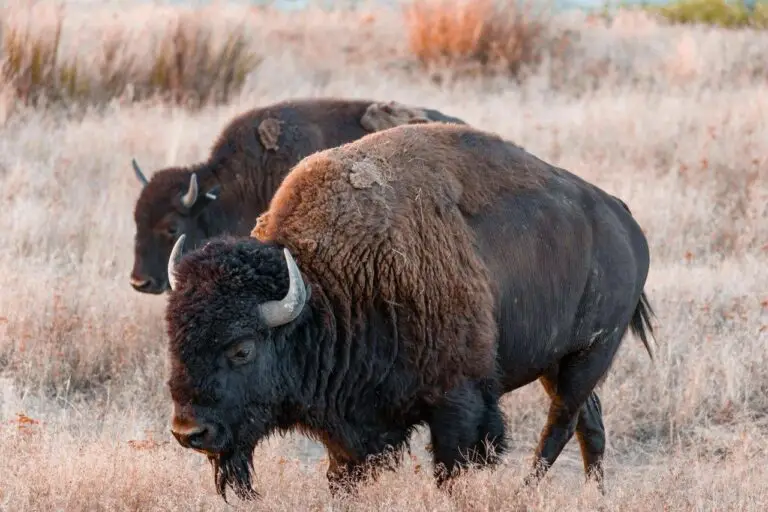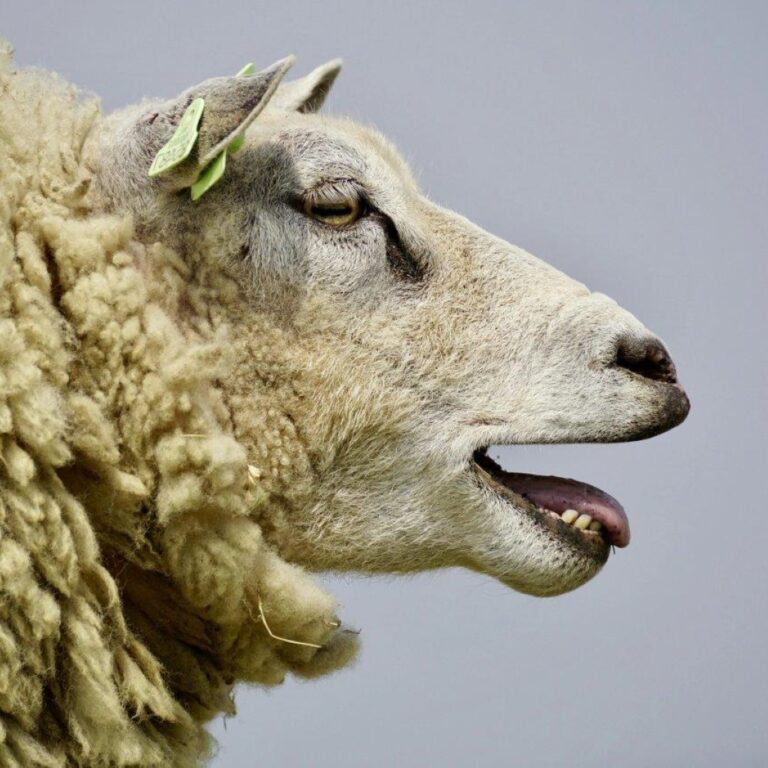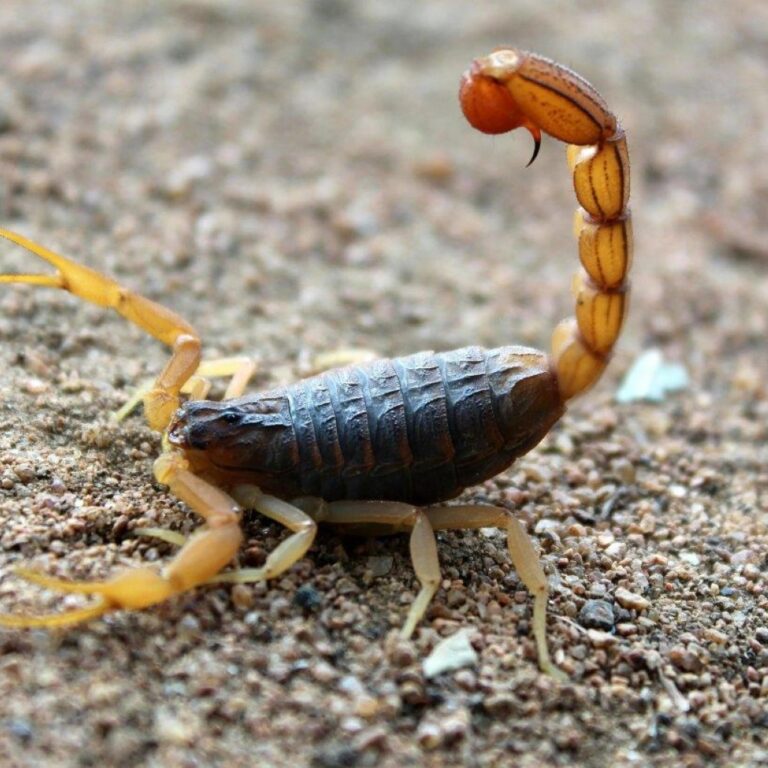There are over 48,000 known species of spiders, and they are found on every continent except Antarctica.
Spiders are not insects; they belong to a class of arachnids, which also includes scorpions, ticks, and mites. Unlike insects, spiders have eight legs and two main body segments.
Most spiders have venomous fangs that they use to immobilize and digest their prey. However, only a small number of spider species have venom that is harmful to humans.
Spiders produce silk from specialized glands called spinnerets. This silk is used to build webs, create egg sacs, wrap prey, and even for transportation, as seen in ballooning behavior.
The largest spider by leg span is the Goliath bird-eater, which can reach up to 11 inches in leg span. Despite its name, it rarely eats birds and primarily feeds on insects and small vertebrates.
The jumping spider is known for its excellent vision and incredible jumping ability. These spiders can jump up to 50 times their body length to catch prey or escape predators.
Orb-weaver spiders create intricate, wheel-shaped webs that are highly effective at catching flying insects. These webs are often rebuilt daily, with the spider consuming the old web to recycle the silk proteins.
Some species of spiders, like the wolf spider, do not build webs to catch prey. Instead, they actively hunt and chase down their prey using their speed and agility.
The smallest spider in the world is the Patu digua, which measures less than 0.37 millimeters in length, making it almost invisible to the naked eye.
Spiders have specialized hairs on their legs that allow them to sense vibrations in their webs or the ground, helping them detect the presence of prey or danger.
Female spiders are often larger than males, and in some species, the female may eat the male after mating, a behavior known as sexual cannibalism.
The silk produced by spiders is one of the strongest natural materials, with a tensile strength comparable to steel. Researchers are studying spider silk for potential applications in medicine, engineering, and materials science.
Some spiders, like the peacock spider, are known for their vibrant colors and elaborate courtship dances. These dances are performed by males to attract females during mating season.
Spiders play a vital role in ecosystems by controlling insect populations. Additionally, they act as natural pest control agents, maintaining balance in various habitats.
Despite their fearsome reputation, most spiders are harmless to humans and prefer to avoid contact. They are generally shy creatures that only bite in self-defense when threatened.



